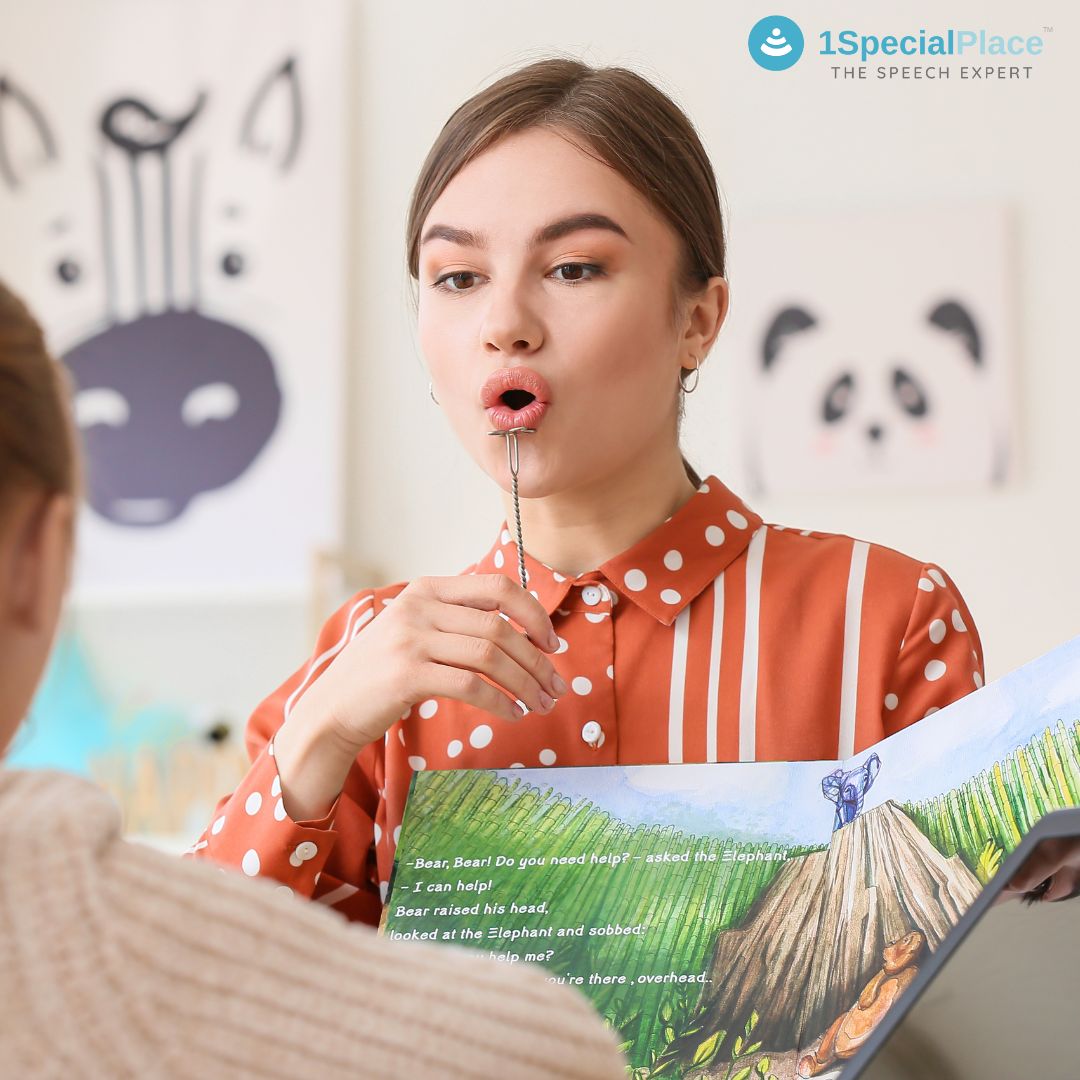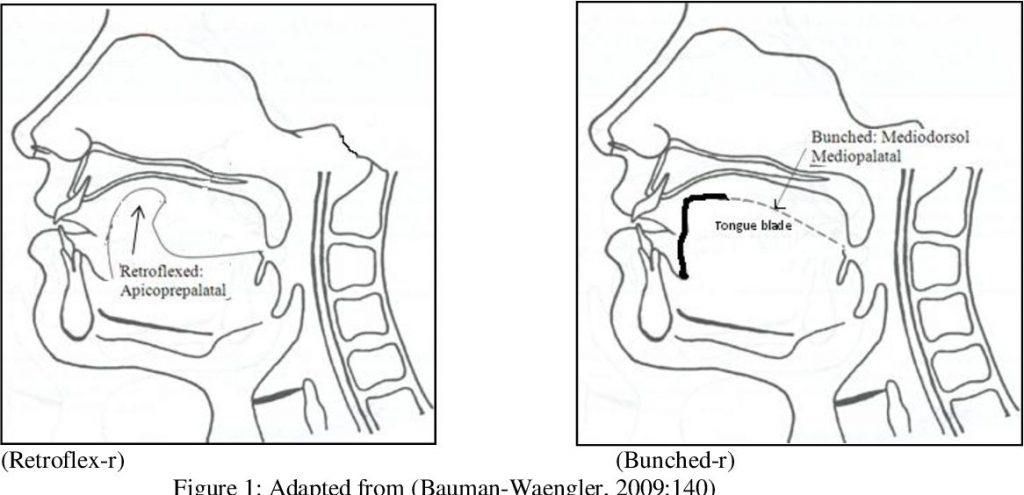
Teaching the /R/ Speech Sound
Teaching the /R/ Speech Sound
The /r/ speech sound is a palatal voiced sound. Children usually acquire the /r/ sound by 5 years of age. Often, children with speech sound disorders have difficulty in producing the /r/ sound correctly. It is one of the hardest sounds to acquire. However, there are some really good strategies that you can use to elicit the /r/ sound with good practice and patience.
How can you say /r/ sounds?
There are two different tongue positions that you can use when saying the /r/ sound. These are called “bunched” and “retroflexed.”

- Bunched position: When using a bunched position, the tongue is bunched. This means the tongue is tensed up and stays in one place in your mouth. It maintains a resting position in the mouth.
- Retroflexed position: When using a retroflexed position, the tip of the tongue curls slightly backward toward the back of the oral cavity.
You can use any one of the /r/ sounds discussed above. You will also notice that either one position is achieved more easily and naturally in children. Use this same tongue position to implement all the /r/ speech sounds.
Techniques and Tips to teach the /r/ sound
Remember, these techniques must be used under the supervision of a qualified speech-language pathologist.
- First, try to identify whether the bunched or retroflexed tongue position is best for your child. Pick up the easiest of these positions.
- Always use a mirror while practicing your child’s /r/ sounds. This will give them good visual feedback.
- Try to show the /r/ tongue position to your child by opening your mouth slightly.
- Remind your child to keep their tongue tight. This helps the child understand the importance of tongue tension, which is important for correct production.
- You will also need to remind your child to keep their tongue held high enough in their mouth.
- Practice on a daily basis! Be consistent. Try to have at least 15 minutes of practice every day. Practice at different levels starting from the simplest (isolation) to the most complex (conversation level). Move to the next level once you have achieved at least 90% accuracy.
Read a detail blog here: App Review for Speech Sounds
Isolation level: Practise the /r/ sound on its own /r…r…r/
Syllable level: Combining the /r/ sound with a vowel (ri, ra, re, ro, ru)
Word level: Use the /r/ sound in the initial, medial and final positions of words (rain, carrot, car)
Phrase level: Use two or three-word combinations with the /r/ sound (rainfall or red car)
Sentence level: Use the /r/ words in sentences (The red car raced rapidly)
Conversation level: Use /r/ words in connected speech in conversation with different persons.
Some Speech exercises for the /r/ sound
Here are some fun activities to teach your child the /r/ sound!
- You can make clay model tongues using Play-Doh and position them in the bunched or retroflexed position. Use the position that your child has been practicing. This is a fun activity used for visual feedback.
- Talk to your child about how the tongue is a muscle. When saying the /r/ sound, the tongue has to be “tense or tight”. You can do an activity where you show your child their arm muscles and ask them to tense and relax them. Then have them do the same with their tongues.
- Do activities where you say the /r/ sound correctly and incorrectly. Ask your child to spot the difference. Give them rewards such as points for correct responses.
- When you read books with your child, point out each /r/ sound that they read or hear you say. You can ask your child to repeat these after you. Or you can even ask them some questions. Saying the sounds with /r/ frequently will help them learn it quicker.
- Practice target /r/ sounds while playing games such as bingo, memory games, tic-tac-toe, etc. Choose any game that your child loves and use it.
- Look through books or magazines with your child. Ask them to find pictures of items that have the /r/ sound. Have a “/R/ sound book”. You can then cut out the pictures and paste them into a book.
The /r/ sound can be tricky to master. Remember to be patient and practice consistently with your child. Here are some Tips & Tricks to say the /r/ sound.
Always consult a speech-language pathologist to get a better understanding of your child’s speech problems. Get started today!
- Tips to Promote School Readiness - February 28, 2023
- Baby Sign Language - February 24, 2023
- Summer Speech Activities for Children - February 21, 2023

Leave a Comment
(0 Comments)